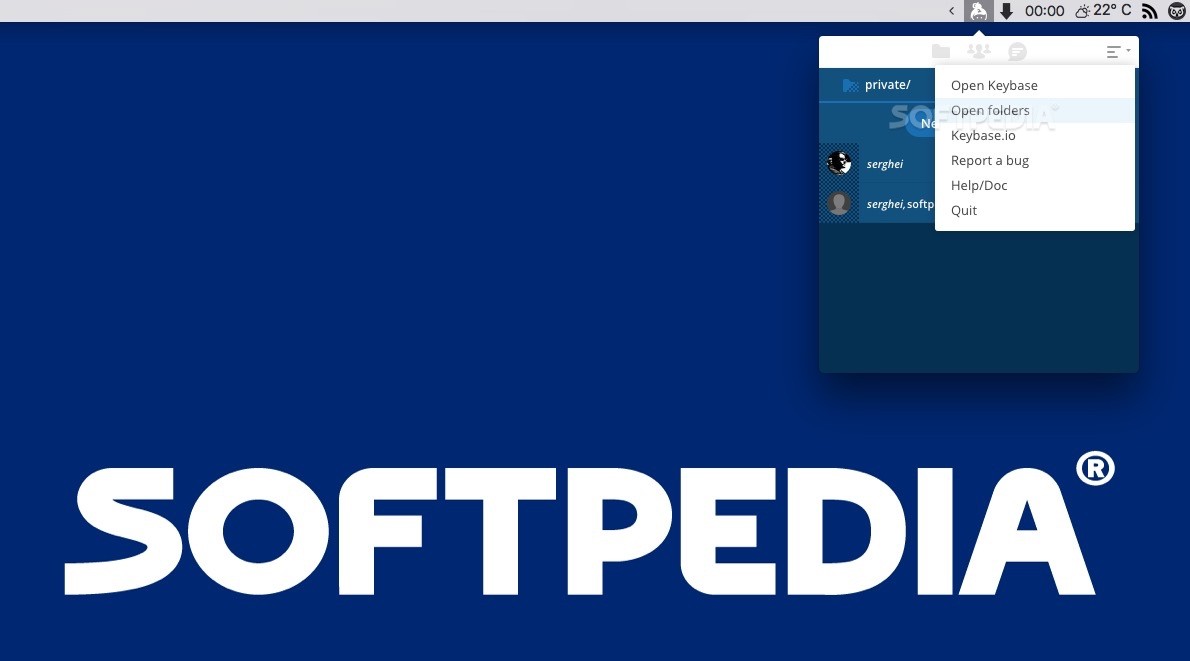

- FLAWS IN KEYBASE APP CHAT IMAGES HOW TO
- FLAWS IN KEYBASE APP CHAT IMAGES SOFTWARE
- FLAWS IN KEYBASE APP CHAT IMAGES PC
An adversary intelligence organization could pull the disk from a PC and take a snapshot, and recover all of these attachments, unencrypted. The other possible risk could be foreign emissaries being wrongfully detained and forcefully searched. The possible attack vector would be an adversary who already has local host access, looking to intercept your communications to recover secrets to pivot elsewhere in the environment or exploit external trust (such as passwords for third-party services). While true, this is just one less step to decrypt files, because…well you don’t have to decrypt them at all. When I discussed this vulnerability, several people had brought up the fact that Signal stores the decryption key on disk with the Desktop Client anyway. An adversary that can get their hands on these files wouldn’t even need to decrypt them and there’s no regular purging process, so undeleted files just sit unencrypted in this folder.Īs displayed, the file was successfully recovered, even after being deleted (and basically the reason I went on this wild chase to being with). In general, the cache mishandling opens up a slew of issues. If someone were to reply to the attachment, the file would not be cleared from the cache, thus CVE number one: Cleartext Storage of Sensitive Information (CVE-2023-24069) was born. However, there was one small edge case: replying to the attachment. After deleting the file, it was indeed purged from the %AppData% folder. īased on previous vulnerability research with Keybase, I then wondered if the image would properly get purged if I were to delete it. On this image in particular, you can see that the date is labeled as. This isn’t an edge case though, Signal is temporarily storing all of these attachments, unencrypted. png (on macOS and Linux you can see a preview of the native extensions so you don’t have to manually look at file properties) The image was stored as a regular file in this directory, and the image can be recovered by modifying the extension and adding. To replicate, an image was sent in a group chat C:\Users\foo\AppData\Roaming\Signal\attachments.noindex\*\ After looking through multiple files, the culprit directory was identified. Those methods haven't achieved broad adoption and are no longer supported by GnuPG.While using signal, it was observed that the preview of an image was still visible even after having deleted the image because the image had been “replied” to. Previously there were attempts to implement key publication through DNS (using CERT and PKA). (This of course only works if you know the email address – it's useless if you're verifying signatures and all you have is the key ID or fingerprint.) One of the possible alternatives is GnuPG's "Web Key Directory" (WKD) protocol, which simply allows the keys for addresses under a given to be published through HTTP at the same.
FLAWS IN KEYBASE APP CHAT IMAGES HOW TO
Most new keyservers don't have synchronization partly because they want to figure out how to combine opposing goals. (Its "gossip" protocol only exchanges new packets, but by design has no way to propagate deletions.) This has caused problems for a long time, but started getting massively abused in 2018–2019, which eventually led to the SKS Keyserver Pool's slow demise.
FLAWS IN KEYBASE APP CHAT IMAGES SOFTWARE
The SKS software has been written to accept anything that looks vaguely like a PGP key packet to and store it forever. This particular server does not synchronize with others, and requires key owners to opt-in to being published. New standalone servers are showing up, such as (since 2018). It is not part of the SKS pool and doesn't sync with other servers. The old PGP Global Directory is still online, untouched since 2011. It synchronizes with the SKS Keyserver Pool. One of the oldest remaining keyservers is (now running SKS software, previously PKS for a long time). They do however still synchronize with the SKS pool. Some keyservers, such as Ubuntu keyserver, have replaced SKS with more modern and reliable software such as Hockeypuck.

This doesn't mean that all of the individually-run keyservers comprising it will disappear, but it does mean that the "" URLs will stop working. If your GnuPG reports "General error" when retrieving keys, that's because the pool has completely drained and you must switch to a non-pool URL.)Īs of 2021, the pool is no longer maintained. (Of those, only 1-2 servers participate in the "HKPS" sub-pool, which is used by GnuPG in the default configuration. Its participants have dwindled since this post was originally written in 2011, dropping from around a hundred to just ~20. The SKS Keyserver Pool (stats) is still online, but just barely. Yes, keyservers still exist (though the situation has changed since 2011):


 0 kommentar(er)
0 kommentar(er)
